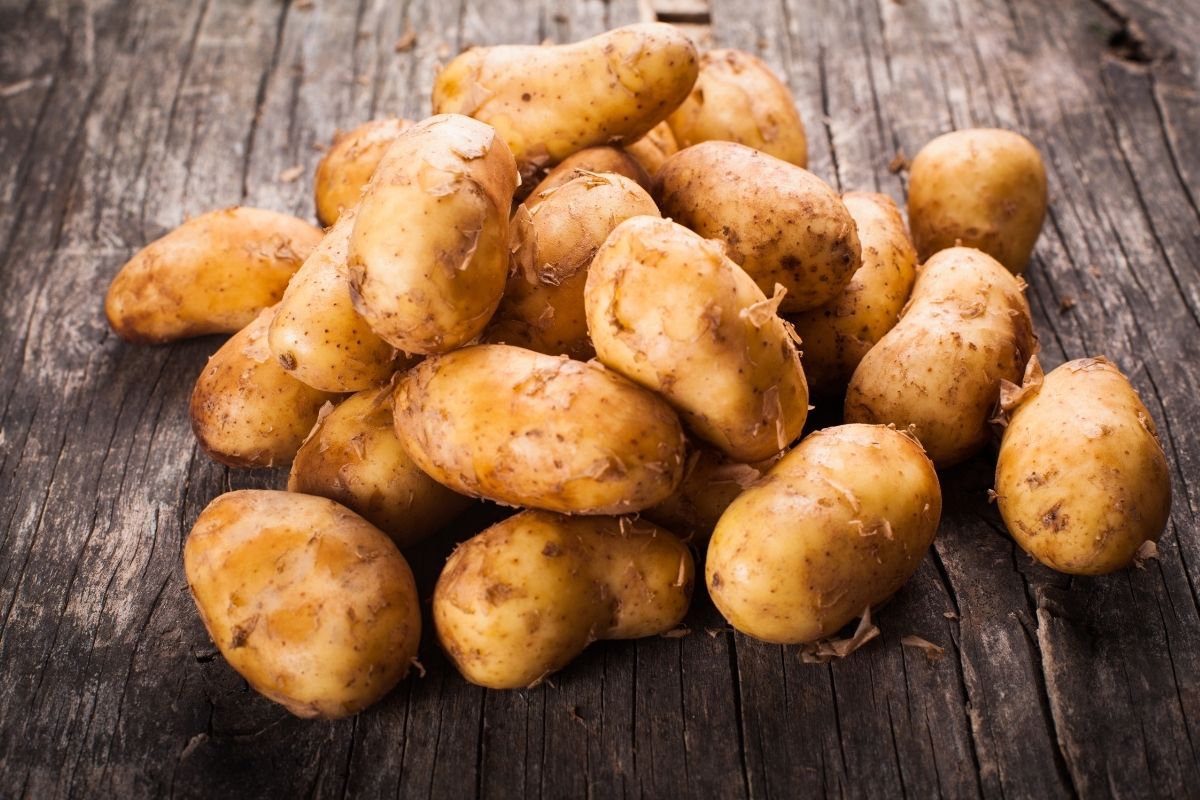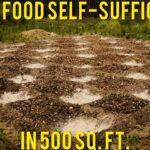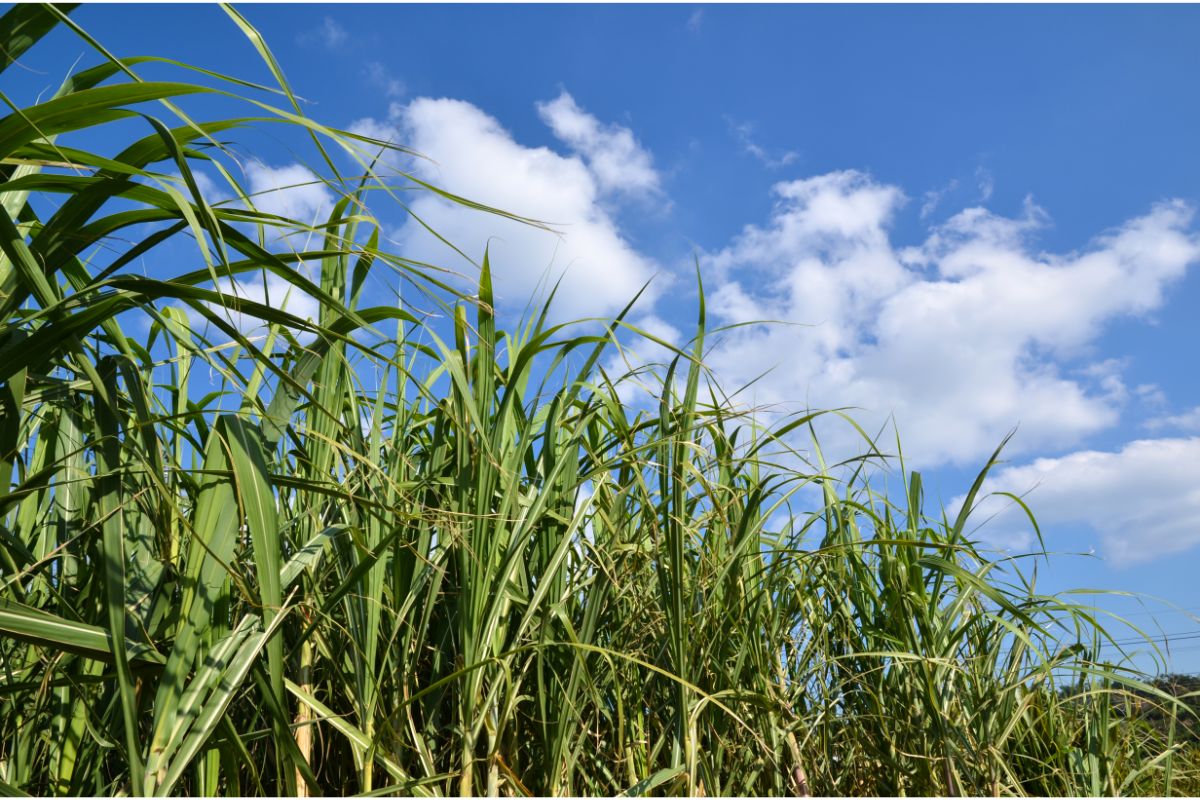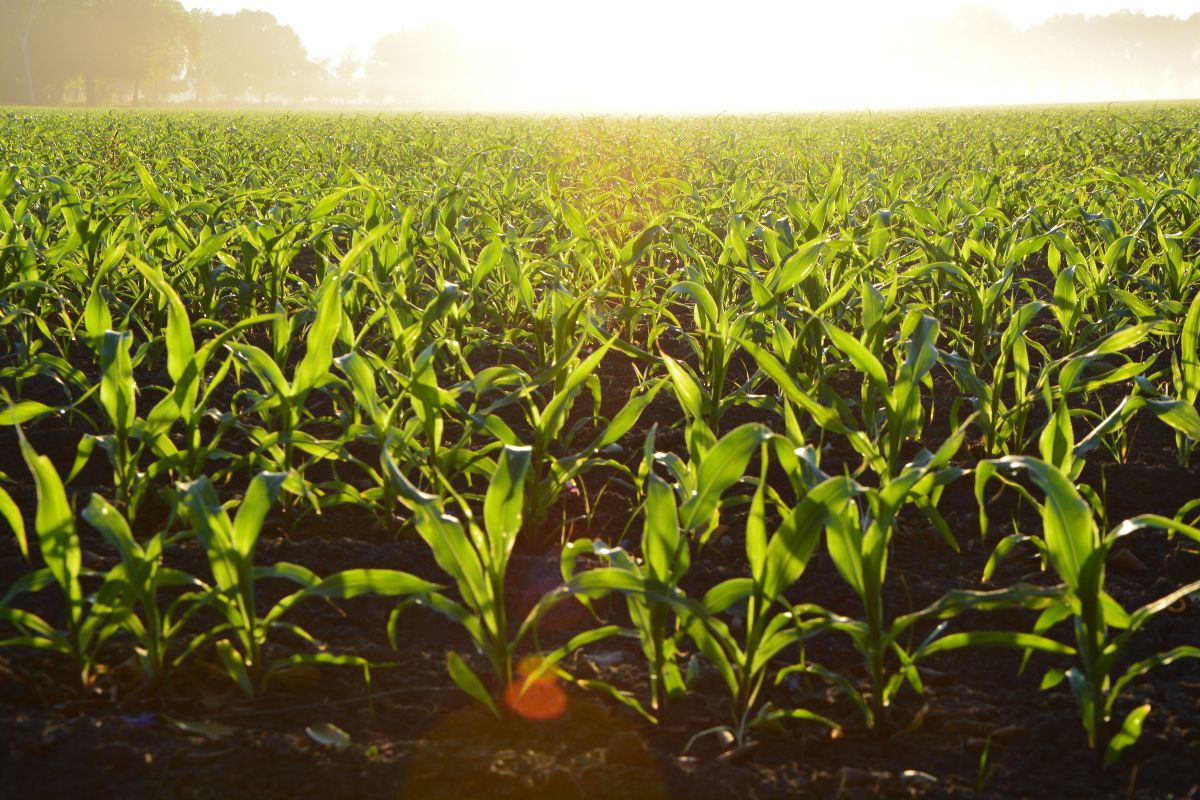Potatoes are one of the most important food crops worldwide. They provide nutrition, fuel, and income for millions of farmers and consumers around the globe.

In addition to being a staple crop, they are also a major cash crop in some countries.
Potato production requires careful management. The timing of potato harvesting is critical to ensure maximum yields.
There are several methods to determine when to harvest potatoes. One method is based on the size of the tubers.
Another method is based on the color of the skin. A third method is based on the starch content of the tuber.
In this article, we will be discussing the different ways you will know when your potatoes are ready to be harvested.
Color Of The Potato Skin
One method is to look at the color of the skin of the potato. Some people say that green potatoes are immature and brown potatoes are mature.
However, this is not always true. Green potatoes can turn brown as they age.
Also, brown potatoes can turn green as they grow older. So, there is no absolute rule about how long potatoes must remain green before they become ripe.
Measure The Starch Content
Another method is to measure the starch content of the potato. Starch is an organic compound found in plants. It is stored in cells called amyloplasts.
Amyloplasts contain granules of starch.
As the potato matures, its starch content increases. This increase in starch content can be measured by using a refractometer.
Refractometers are instruments used to measure the sugar concentration of liquids. These instruments have been used in many industries, including agriculture.
Measure Your Plants
A third method is to count the number of days from planting until the potatoes reach a certain size.
For example, many growers wait until the potatoes reach 4 inches (10 cm) in diameter before harvesting.
Other growers wait until the potatoes are 6 inches (15 cm) in diameter before they harvest.
Still other growers wait until the potatoes have reached 8 inches (20 cm) in diameter before harvest.
What Can Affect The Harvesting Of Your Potatoes?
If you want to maximize your yield, it is important to have a good understanding of what affects the timing of potato harvesting.
The following list describes some of these factors:
Soil Type
Some soils produce larger tubers than others. In general, heavy clay soils tend to produce smaller tubers with less starch compared to sandy loam soils.
Sandy loam soils usually produce large, high-starch tubers.
Fertilizer Application
If you apply too much nitrogen fertilizer when you first plant your crop, this could result in very small tubers.
Weed Control
If weeds are allowed to grow unchecked, they compete for nutrients with your crop. This competition results in fewer nutrients being available for your crop.
Insects
Bacterial wilt is caused by bacteria which attacks roots. This causes leaves to turn yellow and eventually die off. Bacteria also attack the tubers, causing them to rot.
Colorado Beetle is a beetle that lays eggs on the underside of leaves. Larvae hatch out of the eggs and feed on the leaf tissue.
They can be controlled with sprays containing pyrethrin.
How To Harvest Potatoes
There are several methods for harvesting potatoes. Some main methods include: hand-picking, machine picking, digging, and combine harvest.
Handpicking is done by workers who pick each tuber individually.
Machine picking is done by machines that pull up the stalks and then separate the tubers from the stalk.
Digging is done by workers using shovels or other tools. Combine harvest is done by combining all the tubers into one pile.
Hand-picking
This method involves picking individual tubers as they come up. It is used primarily for small tubers. Workers use their hands to gently remove the tubers from the ground.
Tubers are picked while still attached to the plant. Handpicking is best done in dry weather conditions.
Machine Picking
This method uses a tractor to pull up the potato plants and then separates the tubers from the plant.
The tubers are then placed onto conveyors where they are separated from the plant.
Machines can move hundreds of thousands of tubers per hour.
Digging
This method requires workers to dig up the entire potato crop. Workers use shovels, rakes, or other tools to loosen the soil around the tubers.
Once loosened, the soil is moved away from the tubers so that they can easily be pulled up.
Combine Harvest
This method combines all the tubers into a single pile. A worker uses a rake or similar tool to gather the tubers.
Then the tubers are loaded into a trailer or truck. Combining all the tubers reduces the amount of time it takes to load the truck.
When Should I Harvest?
The ideal growing season for potatoes is mid-May through early October. If you live in an area where there is a risk of frost, wait until after the last frost date.
In areas where there is no danger of frost, harvest when your plants show signs of bolting (flowering). This usually occurs between late September and early November.
If you have planted more than one variety of potato, harvest them separately. For example, if you have planted both red and gold fingerling potatoes, harvest the red first.
Wait until the golden ones are ready before harvesting the red ones.
If you grow potatoes in containers, harvest only what you need. Don’t leave any unharvested tubers in the container.
Then store potatoes in a cool place with good air circulation. Store potatoes at 50 °F or below. Keep them out of direct sunlight.
Conclusion
We hope you have enjoyed this article, and now have a deeper understanding on knowing when is the right time you can harvest your potatoes.
You’ll now be able to identify when it is the right time to start harvesting your potatoes, and what could affect the timing of their harvest.
Keep in mind all the tips we have spoken about, and you’ll be harvesting your home-grown potatoes in no time.
- Pull Sprouts: 1 Potato Peel, 200 Plants - July 7, 2022
- Creeping Thyme: Flowering Herb And Ground Cover - July 7, 2022
- East meets Midwest in the garden of Linda Brazill and Mark Golbach, Part 1 - July 7, 2022







